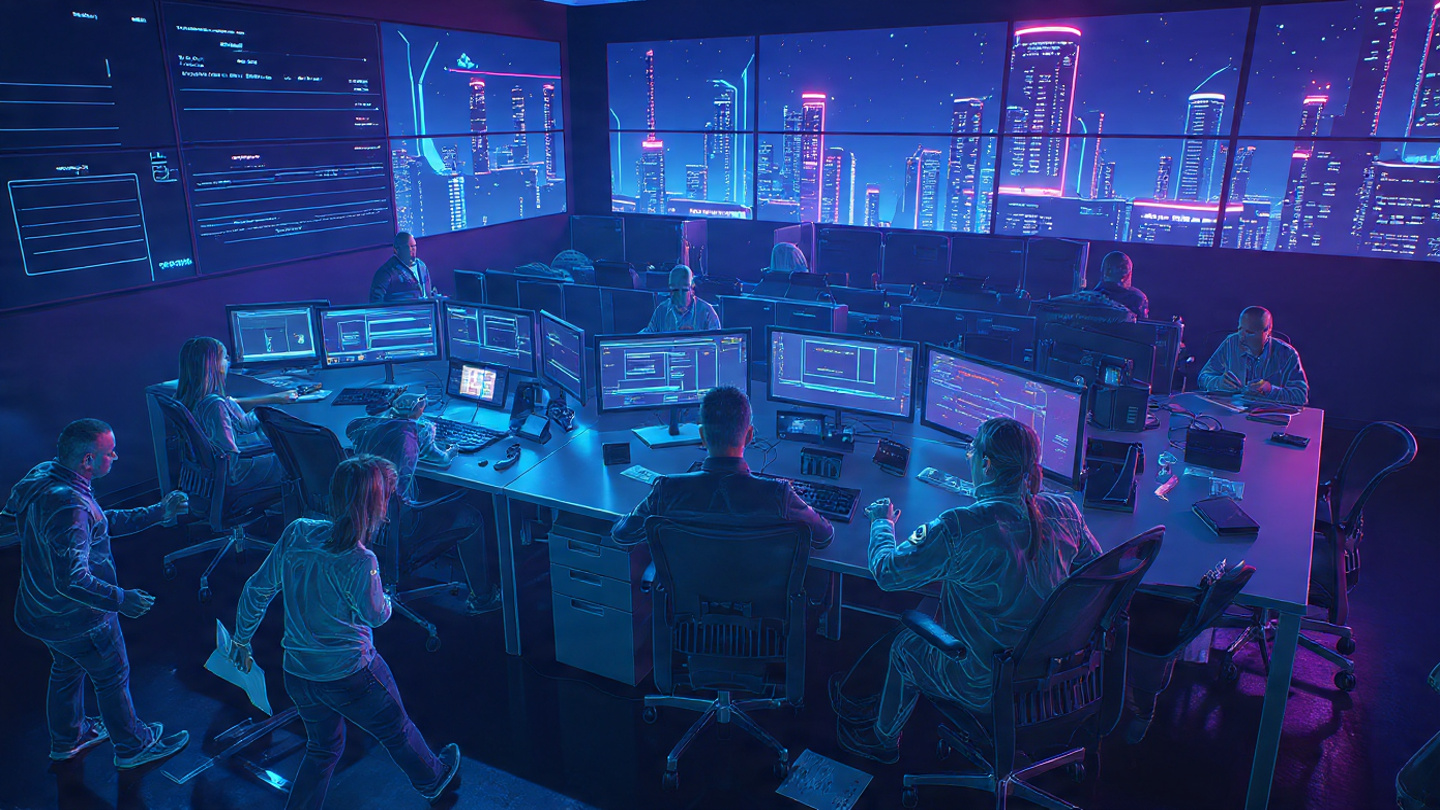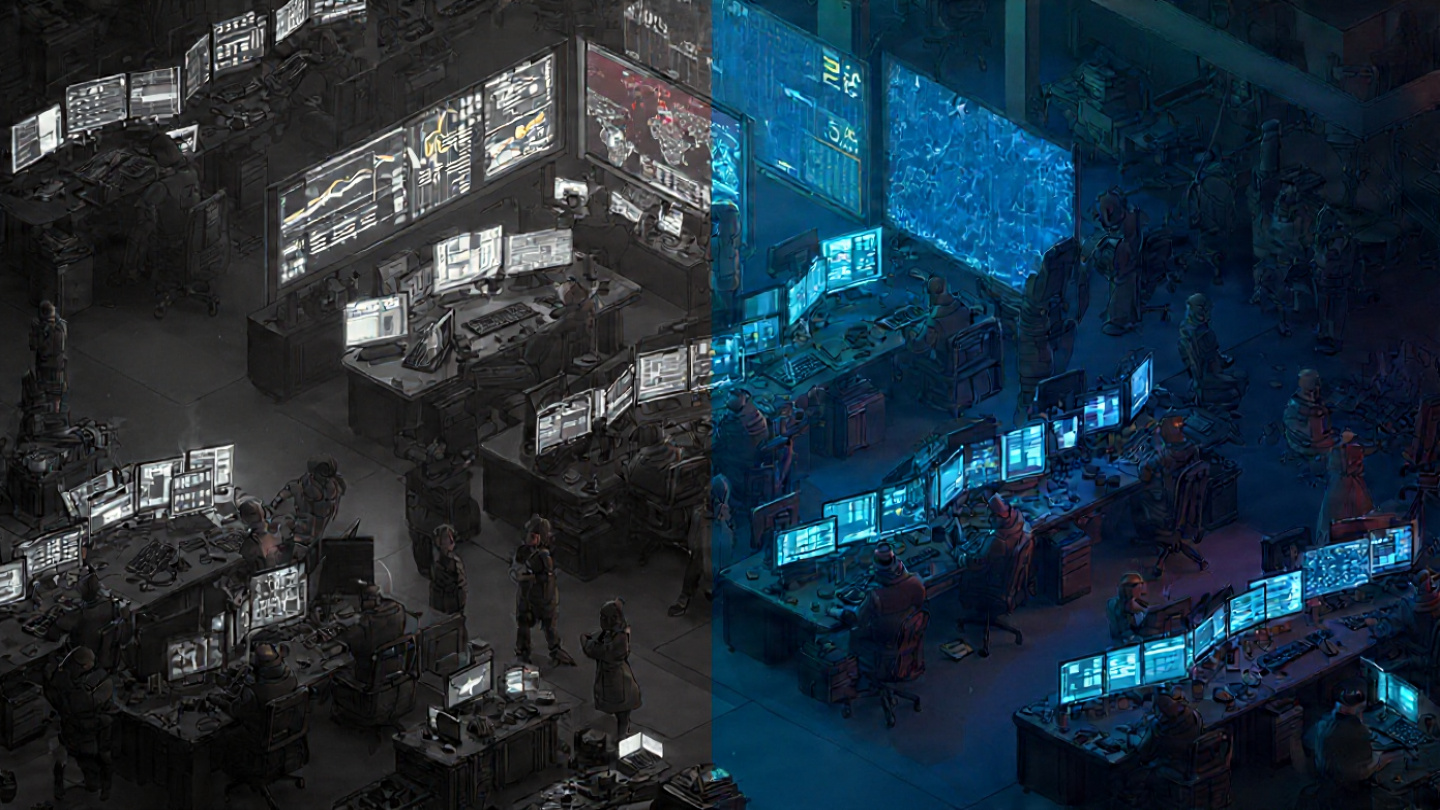The promise of AI agents in security operations hinges on a deceptively simple question: Can AI SOC agents reliably make the same judgment calls as your most experienced analysts?
Surprisingly, the answer depends more on business context and less on model sophistication or training data of these agents.
What Business Context Means for the SOC
In practical terms, business context is the institutional knowledge that separates a junior analyst from a senior one in most cases. In addition to technical expertise in systems within scope, it's knowing where your VPN head ends terminate, understanding your firewall topology, recognizing that certain device nomenclature carries specific meaning in your environment.
But it extends far beyond static infrastructure. Business context encompasses:
- Attributes of devices and assets in your environment
- Identity information and user roles
- Historical patterns of both systems and individuals
- Real-time state of your security posture
The critical requirement for business context is that it must be constantly current. Every security team has deployed a CMDB that's outdated the moment it goes live. Barely accurate at best, completely misleading at worst. That's not business context—that's noise that leads to poor judgment from both human analysts and agents.
The Time-in-Seat Problem
Today's SOC operations reveal a fundamental asymmetry. A human analyst's effectiveness correlates directly with their tenure at that organization. Sit in the chair long enough, and you learn how the business actually operates versus what the documentation claims or how other organizations operate in similar situations. You develop intuition. You make intelligent judgments on confusing or opaque issues. This is exactly what makes experienced analysts extremely valuable in every organization.
New analysts (and new to organization analysts) lack this context. They may struggle with the same alerts that veterans handle effortlessly.
Unlike human analysts, AI SOC agents operate under different constraints. Provide them with current, accurate business context, and they consume it immediately. They don't need months of osmosis and they can apply that knowledge across every investigation simultaneously.
Where Context Changes Everything
Consider impossible travel alerts—the bane of every SOC. These alerts flood queues across organizations. But with proper context about VPN head ends and expected VPN usage patterns, an AI SOC agent can resolve these reliably before they ever reach an analyst.
The impact of business context scales with complexity of the cases at hand. Take a successful suspicious login. That's concerning. Now add context: the user has global administration rights in Azure or AWS. Suddenly, this isn't just concerning—it's critical. The investigation priority shifts entirely based on understanding the user's actual scope within your environment.
Or consider a director of finance accessing GitHub. Without context, it's an alert. With context about the user's role, it becomes a high-priority investigation into potential insider threat or account compromise.
How We Build Business Context Into Command Zero
We've implemented multiple pathways for business context to flow into our platform:
- Programmatic Integration: Organizations upload asset databases and critical asset lists directly. The system consumes them and applies that context across investigations.
- Data Repository Extraction: Teams already maintain information in their daily collaboration tools. We pull that data and embed it into the platform's understanding.
- Real-Time Collection: When we encounter identities—user principal names, Okta logins—we extract what we know about them and make that information immediately available during investigations. No pre-loading required.
This layered approach ensures agents have the context they need when they need it.
Early Feedback from Customers
We've been deploying business context capabilities in customer environments for months. The feedback validates our approach:
Meaningful Alert Reduction: Noise from endpoint detection, Microsoft Entra alerts, and identity management systems like Okta drops significantly by agents who are aware of the current nuances in the environment. Alerts that would have consumed analyst time get resolved automatically with the right context.
Credible Agent Navigation: Agents draw more succinct conclusions and surface data that might otherwise remain hidden. They use context to determine where to look next in an investigation's scope—a directional capability that mirrors how senior analysts think.
Automated Resolution: The ability to prioritize intelligently or auto-close issues transforms SOC efficiency and effective response.
What's Next
Business context will soon become self-generating. Instead of relying on outdated CMDBs or external data, AI SOC agents will gather and maintain context autonomously. They'll have conversations with new data sources, determine what context matters, and automatically integrate that understanding.
This isn't a distant vision. We're weeks away from deploying these capabilities.
As we add new data sources to organizations, agents need to adapt instantly. They need to understand what context is important without human intervention. The future of security operations demands this level of autonomy—not just in response, but in learning the environment itself.
Business context is the foundation that makes autonomous security operations possible. Without it, you have sophisticated technology making uninformed decisions and easily missing the mark. With it, you have agents that reason like your best analysts from day one in a predictable way.
Book a demo today to see how Command Zero can help leverage business context in SOC analysis in your organization.







